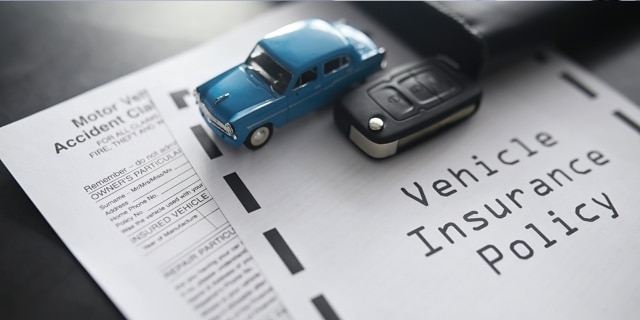
by California Casualty | Auto Insurance Info, News |
Imagine getting into a fender bender and realizing your insurance won’t fully cover the damages. With rising medical costs and repair expenses, California is making its first major update to auto insurance requirements in over 50 years. Starting January 1, 2025, new higher minimum liability limits will better protect drivers from unexpected financial burdens. But what do these changes mean for you? Let’s break it down.
Understanding Liability Coverage
Liability insurance helps cover damages if you cause an accident. It does not cover your own injuries or vehicle damage—that’s where collision and comprehensive coverage come in.
Because accidents can lead to costly damages, liability insurance is required by law in most states to protect victims of accidents. It consists of two parts:
- Bodily Injury Coverage – Pays for medical expenses, lost wages, and pain and suffering for the other driver and passengers.
- Property Damage Coverage – Pays for repairs or replacement of the other vehicle or damaged property, such as a fence or building.
Why Coverage Limits Matter
When you buy liability insurance, you choose a coverage limit. If the costs of an accident exceed your limit, you’ll have to pay the difference out of pocket. For example, if your policy covers $50,000 per person, but the injured driver’s medical bills total $60,000, you would be responsible for the extra $10,000.
The main goal of liability insurance is to protect your assets, and so you may choose a higher limit than the state specifies. You’ll want to take into account the amount of medical expenses that could be incurred in an accident. You could be responsible for lost wages for the driver. If tragically he or she dies, you could be providing lost wages for the driver’s family.
On the other hand, if you’re the victim of an accident and the at-fault driver has higher liability limits, their insurance will be better equipped to cover your medical expenses and property damage. So, that’s good news.
What’s Changing in 2025?
California’s previous minimum coverage limits—set in 1967—were among the lowest in the nation. The costs of medical car and car repairs have increased substantially since that time. The new limits under Senate Bill 1107 (the Protect California Drivers Act) increase the minimum amount of coverage to align more closely with today’s costs. They seek to reduce the financial burden on crash victims.
Effective, January 1, 2025, the new limits are as follows:
- $30,000 for injury or death to one person (previously $15,000)
- $60,000 for injury or death to multiple people (previously $30,000)
- $15,000 for property damage (previously $5,000)
While increasing liability limits provides better financial protection, it can also lead to a slight rise in premiums, especially for those who currently have only the minimum required coverage. However, this added cost is often minimal compared to the potential financial burden of an accident that exceeds your policy limits.
Time to Review Your Auto Policy
With these new requirements, now is the perfect time to review your auto coverage. While many insurance companies will automatically update your policy if you reside in California, you’ll want to make sure the new limits are in place. After all, failing to meet the new minimums could result in:
- Legal penalties, fines, impoundment of your vehicle, or suspension of your driver’s license and/or registration
- Out-of-pocket expenses for medical bills, property damage, and legal fees
How to Save on Coverage
Higher limits don’t always mean higher costs. At California Casualty, we offer package discounts and savings for customers carrying higher coverage levels. Additional discounts may apply if you:
- Are a member of an eligible group (educators, nurses, first responders, firefighters and law enforcement);
- Bundle home and auto insurance;
- Take a driver safety course; and/or
- Maintain a good insurance score known as the Financial Responsibility (FR) Score.
Knowing what affects your car insurance rate can help you make changes to reduce the amount you pay while still getting great coverage. Learn more about your options and get a free quote today.
This article is furnished by California Casualty, providing auto and home insurance to educators, law enforcement officers, firefighters, and nurses. Get a quote at 1.866.704.8614 or www.calcas.com.
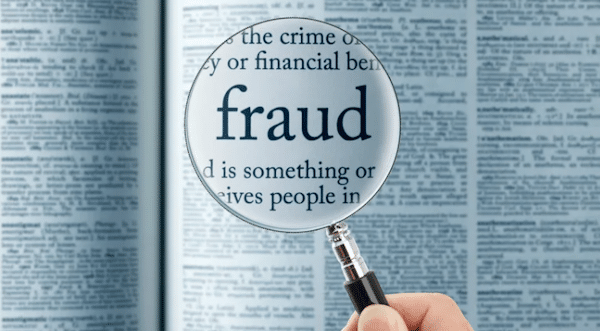
by California Casualty | Auto Insurance Info, Helpful Tips |
It never feels good to fall victim to a scam or pay more for a product because of it. That’s what it is like with car insurance fraud.
Car insurance fraud happens when someone lies to get a better rate or a larger payout. It could be intentional or accidental, but either way it can cost you money in premiums. The FBI estimates that car insurance fraud costs the average family an additional $400 to $700 every year. In addition, nearly 7 in 10 consumers are tricked into illegal schemes, according to the Coalition Against Insurance Fraud. Here’s what you need to know about car insurance fraud, including some clever scams that could catch you unaware.
What are the types of fraud?
Staged Accidents
In staged accidents, dishonest people intentionally cause a collision with an unsuspecting driver. Then they misrepresent the situation, putting the other driver at fault—and thus get a payout that they don’t deserve. Common scenarios for staged accidents include:
-
-
-
-
- Two vehicles trap your car and force you into a rear end collision.
- Someone waves you on that it is safe to pull out, and then another car collides with you.
- You are tricked into turning early and the oncoming driver moves forward and collides with you.
- Another car purposefully sideswipes your vehicle in a dual left turn intersection.
- A car deliberately and abruptly brakes in front of you.
Injury Fraud
Dishonest people can file claims for unnecessary medical treatments or for treatments that they did not receive. Injury fraud also includes claims where people exaggerate the extent of their injury to get a bigger payout.
Exaggerated Claims
Sometimes after an accident, a dishonest person can cause additional damage to their vehicle to receive a bigger payout. That’s why taking photos of the damage is so important to do at the scene of the accident. Another exaggerated claim could be to file multiple claims for the same accident. Finally, disreputable shops can charge for repairs that weren’t made or for substandard work.
Counterfeit Airbags
If you have your airbag replaced by a dishonest shop, you might be charged for the original equipment manufacturer (OEM) bag but get a counterfeit one installed. In a worst-case scenario, a disreputable shop could install a garbage bag stuffed with rags. Counterfeit bags are dangerous and may not protect you in the event of an accident. The good news is that it’s easy to check. With an airbag, the light on your dashboard will flash when you start the car. You can also ask an authorized dealer to check that you have a quality airbag.
Windshield Replacement Scams
There are a variety of different scams associated with windshield replacement. Here are some of the most popular.
-
-
-
-
- A stranger approaches you in a parking lot and offers a free windshield replacement. They point out nonexistent damage that can be fixed. They take your insurance information and file an exaggerated or false claim.
- Windshield scam artists also could go door-to-door or call you with a “special” for customers in your area. Then they follow a similar process of filing a false claim.
- If you live in one of the states that has no deductible for windshield replacement, con artists can file a claim for your windshield and charge you for the deductible.
Tow Truck Scams
Tow trucks that appear right after your accident could be “bandits” who will only tow your vehicle to their shop and charge you hundreds to repair and release it. Calling your own tow truck will help you to avoid this scam.
False Reports of Stolen Vehicles
Reporting a vehicle that hasn’t really been stolen as stolen is illegal. So is misrepresenting the value of a stolen vehicle.
False Documentation
Intentionally providing a false address for your policy to get a better rate is a form of fraud. Understating the annual mileage, misrepresenting the use of a commercial vehicle, and failing to add a new driver also is fraud.
What are the consequences of fraud?
It depends on the seriousness of the fraud. For minor infractions, your claim can simply be denied. For more serious offenses, your policy may be canceled, you could be fined or even serve jail time. A misdemeanor for auto insurance fraud can come with a fine and probation. A felony conviction can result in significant fines and prison time.
How can you fight against fraud?
- Carefully check your insurance application forms for mistakes.
- If you’re in an accident, take good notes of all those involved. Take pictures at the scene. Don’t sign any documents or agree to any terms at the scene of the accident.
- Don’t accept fault for an accident if you believe you are not at fault.
- Be wary of individuals offering services that you didn’t request. Avoid sharing details about your auto policy with those who may be disreputable.
- Don’t tailgate. This gives criminals a chance to take advantage.
- If your car needs repairs or maintenance, go to a trusted professional.
- Don’t accept a windshield replacement offer.
- Choose OEM parts for vehicle repairs to avoid counterfeits. Before buying a used car, have a certified mechanic check that there are authentic air bags.
- Avoid rushed decisions. If someone is pressuring you into something, that could be a red flag.
If you suspect fraud, report it to your insurer as well as to the National Insurance Crime Bureau at 800-835-6422 https://www.nicb.org/.
This article is furnished by California Casualty, providing auto and home insurance to educators, law enforcement officers, firefighters, and nurses. Get a quote at 1.866.704.8614 or www.calcas.com.
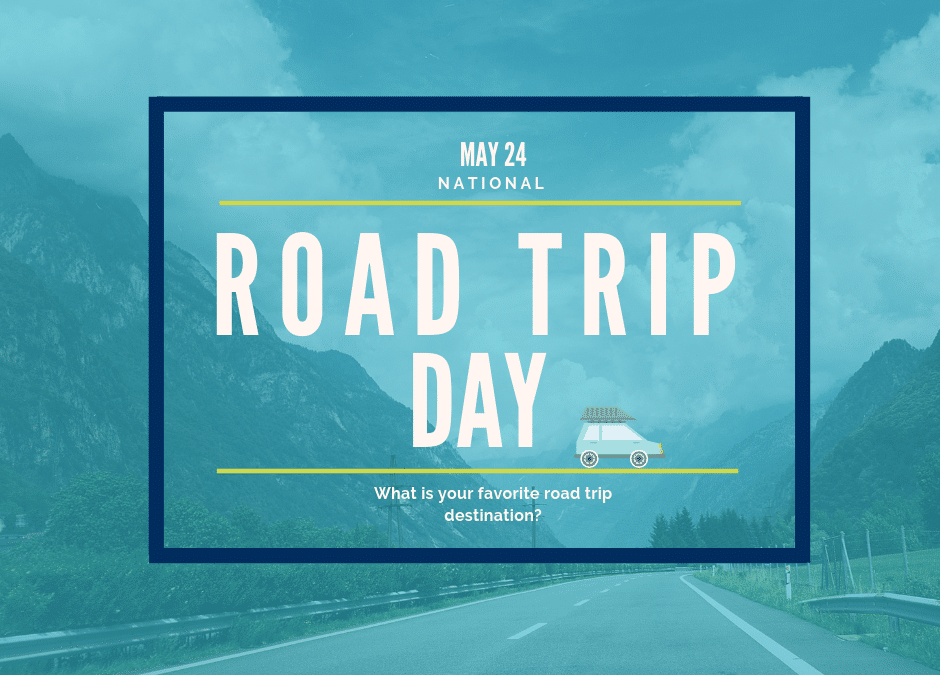
by California Casualty | Auto Insurance Info, Safety |
May 24 is National Road Trip Day!
As May comes to a close, classes are ending, the days are getting longer, and temperatures are slowly beginning to rise. You know what else that means? Vacation. Summer is calling and many American families are planning to spend their free time on the road relaxing and enjoying the sun.
Traveling, in all forms, is at its peak in the summer months. Road tripping and RV-ing are currently on the rise, so much so that Fox News reports that 73% of Americans would rather road trip than fly. Aside from all of the scenic views that are available when traveling by vehicle, travelers feel a sense of freedom by land, with the knowledge that they can stop or change their destination at any point in time instead of following a strict schedule like you would in an airport.
Whether your destination is the beach, the mountains, or just the open road, it is critical that your vehicle is ready to make the journey with you. So before you jam all of your luggage in the trunk, be sure to check the following in preparation for your summer road trip adventure:
-
Periodically check and test batteries for proper charging. Summer heat drains batteries faster than the cold of winter.
-
Check the air conditioning system for leaks and proper coolant.
-
Check the tires for tread and proper inflation.
-
Be sure your cooling system has the proper anti-freeze/coolant and all belts, hoses and the water pump are properly working. Never open a hot radiator cap; the liquid inside is a scalding 200 degrees or hotter.
-
Verify the viscosity of your motor oil will stand up to hot weather days, 10W-30 or 10W-40.
-
Make sure the spare tire is inflated and there is a jack and tire changing tool.
-
Test your windshield wipers and change them if they are streaking.
Consumer Reports advises that, as well as checking your vehicle before leaving for your destination, you should also travel with a basic safety kit that consists of:
- Cell phone and spare battery
- First aid kit
- Fire extinguisher
- Warning light or reflective triangles
- Tire gauge
- Jumper cables
- Foam sealant for flat tires
We don’t like to think that things could go wrong on vacation, but you never know what you will run into on the open road and that is why it is important to be prepared. Here at California Casualty we proudly support our customers and want you all to have a fun and safe summer full of road trip adventures, so before you hit the road, make sure that you and your vehicle are adequately protected for the unexpected you may encounter far from home.
Current customers call a California Casualty advisor for an auto policy review at 1.800.800.9410 or visit mycalcas.com/customerservice. If you are not a customer please contact us 1.866.704.8614 or visit www.mycalcas.com to request a FREE Auto Insurance quote.
Where do you plan on traveling this summer? Or do you have a dream road trip destination? Comment below and give us ideas for our summer travels! And if you are wanting to hit the road, but need a little help as to where check out Fox New’s Top 15 things to do on America’s travel bucket list.
Happy Travels!
More information for this article can be found at:
https://fxn.ws/2Ev0SYm
https://bit.ly/2K2jq5Y
by California Casualty | Safety |
As weather forecasters are predicting an active few weeks for tornado activity, the Property Casualty Insurers Association of America (PCI) encourages homeowners and renters to take appropriate steps to be prepared, which includes a review of their insurance policies and discussion of coverage options with their insurance agent or company.
“With wind speeds that can reach nearly 300 miles per hour, tornadoes can be deadly and cause severe property damage,” said Donald Griffin, vice president personal lines for PCI. “Because tornadoes can occur rapidly and with little warning, advanced preparation is very important. We encourage consumers to know the warning signals used in their community and be prepared to take cover when alerted. Maintaining an emergency storm kit with a radio, flashlight, batteries and first-aid items is the first step in preparation. Other steps include conducting tornado drills with your family and ensuring that your property is adequately insured.”
The peak of tornado season in the U.S. varies by geographic region beginning in southern states during the months of March and April. Peak tornado season for the southern plains occurs during May and June and typically takes place during June and July in the Midwest and northern plains. According to the National Oceanic and Atmospheric Administration’s National Climatic Data Center there were over 1,400 tornadoes in 2010. The highest concentrations of tornado reports were clustered in the Front Range of the Rockies, the Southeast, the Central and Northern Plains, and the Great Lakes. The largest outbreak of tornadoes for 2010 occurred on June 17th, there were at least 74 confirmed tornadoes reported across the Upper Midwest and Northern Plains.
Most tornado, windstorm, hail and similar severe weather-related losses are covered by either homeowners or renters insurance policies. Tornado losses to a home are covered by the “windstorm” peril under the homeowners insurance policy. Renters insurance also provides coverage to policyholder possessions under this peril. Protection from windstorm or hail damage for cars is covered under the “comprehensive” portion of the automobile insurance policy.
PCI pre-storm tips:
– Conduct a detailed inventory of your possessions including receipts, descriptions and photos of your home’s contents.
– Keep your insurance policy and CalCas Claims information along with other important information with you or in a secure place.
– Keep a cell phone charged and with you for emergencies.
– If you have one, keep a laptop computer close by. Most insurance companies allow claims reports to be submitted via the Internet.
If you experienced a loss from the storms:
– Immediately contact your insurance agent or company representative
– Inspect property and cars for damage
– Inventory losses and photograph damage, and save related receipts to assist with claims handling
– Secure property from further damage or theft
– Check the background and legitimacy of repair contractors. Ask your insurance company for assistance in locating a reputable contractor.
As always, we hope you never have to call to report a tornado related claim, but it pays to be prepared!
by California Casualty | Safety |
I 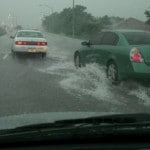 recently received an email from a co-worker that discussed some unique tips for safe driving in rainy weather. Spring is nearly upon us, and with it comes strong storms and heavy rains. Since we can’t always avoid getting out in the rain, I wanted to share a few interesting tips with you. If you try them out, please come back and let me know what you think!
recently received an email from a co-worker that discussed some unique tips for safe driving in rainy weather. Spring is nearly upon us, and with it comes strong storms and heavy rains. Since we can’t always avoid getting out in the rain, I wanted to share a few interesting tips with you. If you try them out, please come back and let me know what you think!
1) If it’s raining heavily during the day, see how your vision can be improved by putting on your sunglasses. It will help cut down on the glare from the rain and “kickup” from other cars. Many people find that this is a very effective method to improve visibility in the rain.
2) Never use your cruise control in the rain. If you car begins to hydroplane while the cruise control is on, it can accelerate quickly if the tires lose contact with the road, resulting in a loss of control.
Two safety items I wasn’t aware of until today – please share them, who knows, you may save a life!




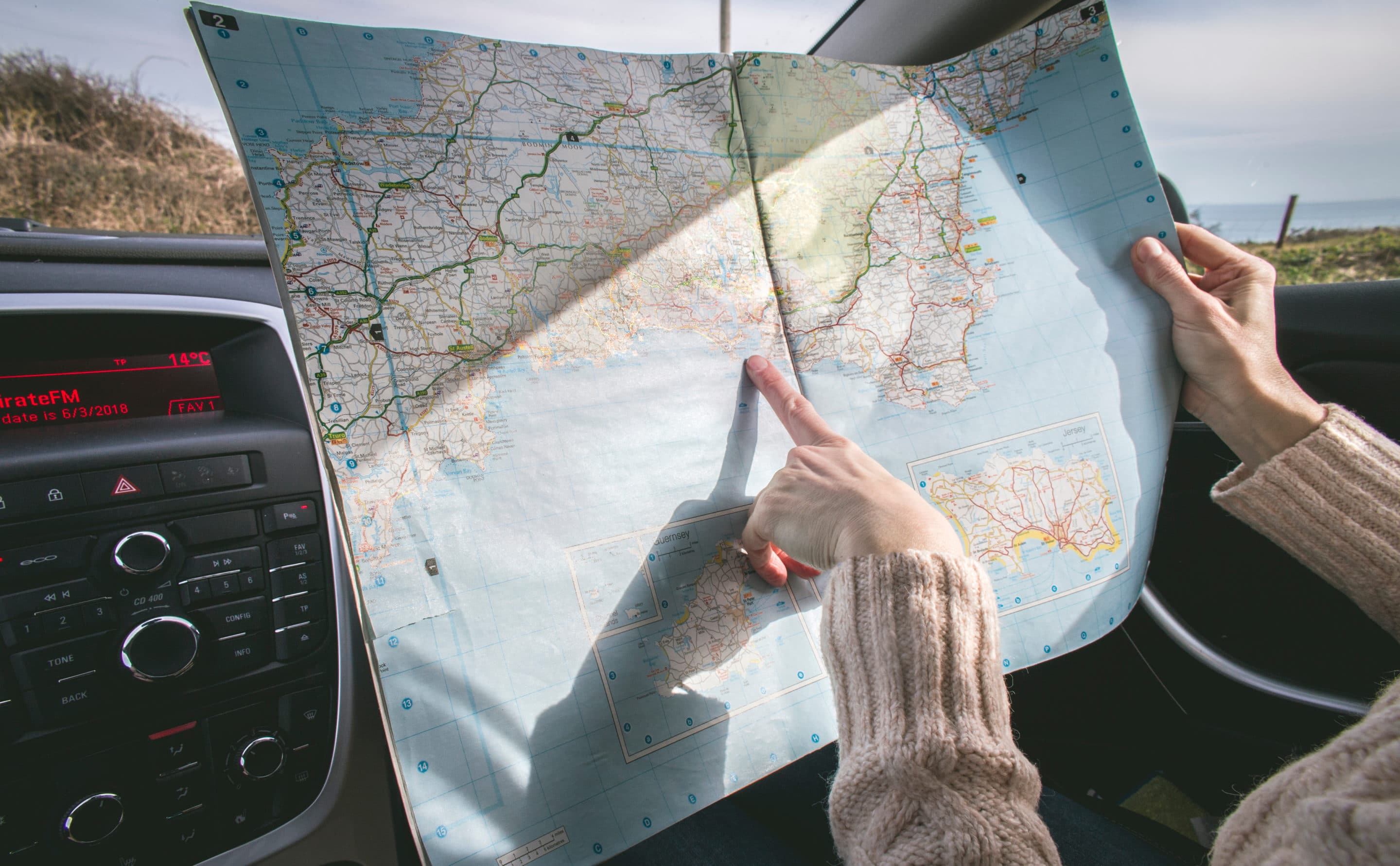

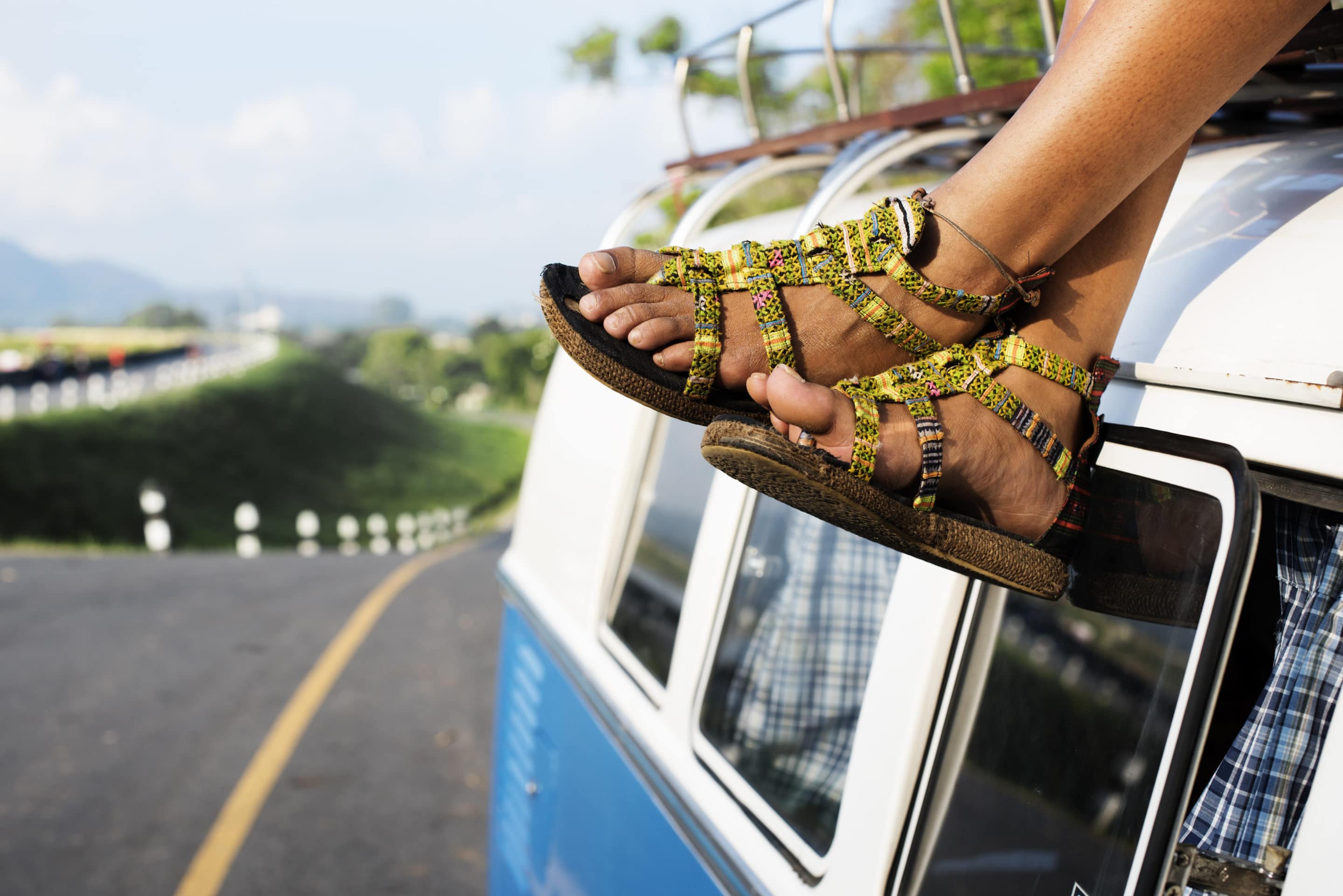
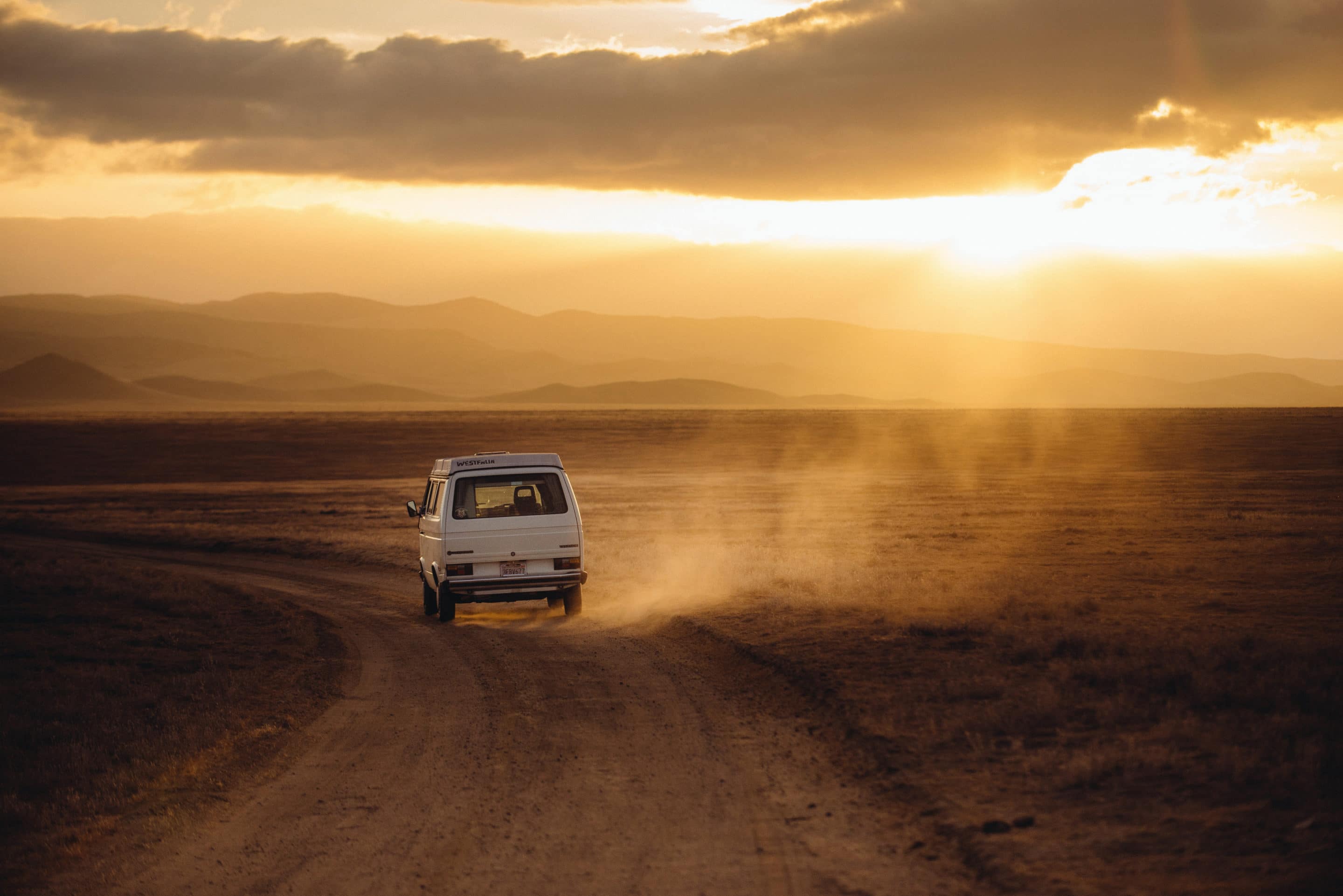
 recently received an email from a co-worker that discussed some unique tips for safe driving in rainy weather. Spring is nearly upon us, and with it comes strong storms and heavy rains. Since we can’t always avoid getting out in the rain, I wanted to share a few interesting tips with you. If you try them out, please come back and let me know what you think!
recently received an email from a co-worker that discussed some unique tips for safe driving in rainy weather. Spring is nearly upon us, and with it comes strong storms and heavy rains. Since we can’t always avoid getting out in the rain, I wanted to share a few interesting tips with you. If you try them out, please come back and let me know what you think!